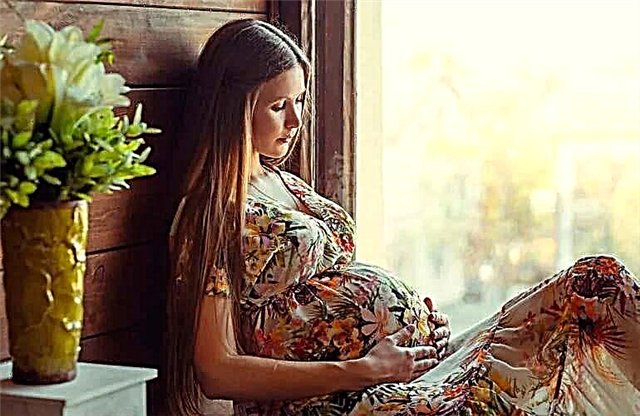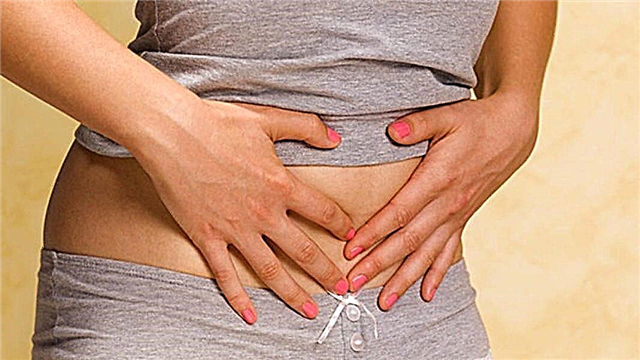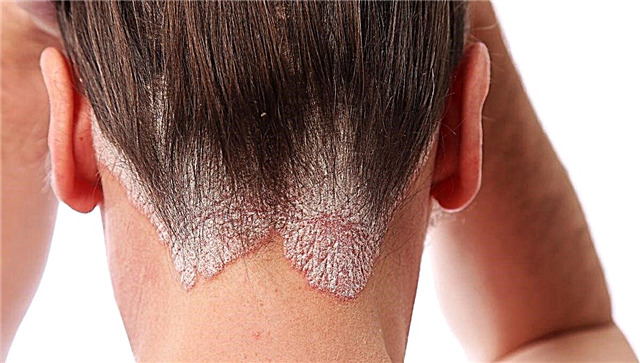
"Dioxidin" is a fairly effective antimicrobial drug, which is often prescribed to adults for various purulent infections. Since the annotation to such a remedy includes children's age in the list of contraindications, many mothers begin to worry if Dioxidin is prescribed to their child in the form of drops in the ear. Not everyone knows whether it is possible to use such a medication for children and how to properly drip into the ears with this remedy.

Composition and form
The drug is available in solution and in the form of an ointment. For ear diseases, a 0.5% sterile solution is used, which is sold in ampoules with a capacity of 5 and 10 ml, 5 or 10 pieces in a pack. This solution is yellow-greenish in color and contains only an active substance called hydroxymethylquinoxaline dioxide and water for injection. It should be completely transparent.
If crystals are visible inside the ampoule, the drug is first heated in a water bath until they dissolve - and only then is it used.
You can also drip a 1% solution into the ears, but before use it is diluted with sterile water or saline. This drug is identical to a 0.5% solution and differs from it only in the concentration of the active ingredient, which, instead of 5 mg, is 10 mg per 1 ml of the drug.


How does it work?
The drug has a bactericidal effect on many types of microorganisms, among which are clostridia, proteus, klebsiella, pseudomonas and other bacteria. At the same time, "Dioxidin" often destroys pathogens against which other antibiotics were powerless. This action is associated with the ability of the drug to damage the DNA and membranes of microbial cells.
The same effect causes the toxicity of "Dioxidine", since the drug can adversely affect the patient's tissues. However, the harmful effect of the solution is observed mainly with intravenous and intracavitary use, as well as at high dosages.
Local use in the ear in a dosage prescribed by a doctor is not dangerous if there are indications for such treatment and a specialist has prescribed the medication.

Indications
In the treatment of ear diseases, "Dioxidin" is used mainly in cases where other antibacterial agents have not coped with inflammation (or the patient needs a potent drug). The medicine is used for purulent otitis media, since it is this ear disease that is caused by infection with bacteria.
"Dioxidin" is also often prescribed in the nose, especially with prolonged bacterial rhinitis or sinusitis. For diseases of the bronchi, this drug is recommended to be used for inhalation with a nebulizer, diluting the agent with saline.
Other methods of administration of "Dioxidine" are used less frequently, usually during inpatient treatment (for example, the drug is injected into a vein in case of meningitis).
Contraindications
The drug is not prescribed for intolerance, as well as for adrenal insufficiency, since the active substance "Dioxidine" can adversely affect the work of these glands. If the child has impaired renal function, the use of the medication requires caution.

Side effects
Local use of "Dioxidine" can cause an allergic reaction (itching, swelling, dermatitis). For this reason, it is worth starting treatment with "Dioxidin" with a sensitivity test. After dropping 1 drop of the drug into the child's ears, you need to wait a few hours and make sure that there are no negative symptoms. Only after this is it permissible to use the agent in the dose prescribed by the doctor.
Instructions for use
- Prepare for the procedure a pipette, an ampoule of "Dioxidine", a bottle of 3% peroxide solution and cotton wool.
- First, clean the ear canal by inserting cotton wool soaked in peroxide. This will remove pus and other impurities, allowing the drug to work more effectively.
- "Dioxidin" should be warm, as cold drops can cause painful sensations. The ampoule can be held in hand before use or slightly warmed up in a water bath.
- After carefully opening the ampoule, draw up the solution with a pipette.
- With the baby on its side, grasp the auricle with your fingers and gently pull it to open the ear canal.
- Inject the medicine into the ear at the dose prescribed by the doctor (usually 1-3 drops) and ask the child to lie down quietly for a few minutes.
- Turning the small patient over on the other side, repeat all steps for the other ear.

Usually, the procedure is carried out three times a day, and the duration of treatment is from 3 to 5 days. However, the doctor may prescribe a different mode of use.
Purchase and storage conditions
Purchase of ampoules "Dioxidin" is possible only with a prescription given by a pediatrician, ENT or other doctor. The cost of a pack of 10 ampoules is on average 350-400 rubles.
Store the drug at home at room temperature. The shelf life of the solution is 2 years, and the opened ampoule cannot be stored. In order not to throw away the remainder of the drug from the ampoule, it can be poured into a bottle with a rubber cap or drawn into a syringe.


Reviews
On the treatment of otitis media "Dioxidin" in children respond mostly well. Mothers note that the drug is very effective for purulent inflammation and helps to quickly eliminate it. An allergic reaction to such a drug is rare, and other side effects do not appear if the dosage is observed.

Analogs
Instead of "Dioxidine", you can drip "Dixin" or "Dioxisept" into the ear, since these solutions contain the same active compound. In addition, the medication can be replaced by other antibacterial agents in the form of ear drops (Anauran, Polidexa, Otipax), but such an analogue should be selected with a specialist.
How to use Dioxidin, see the video below.



